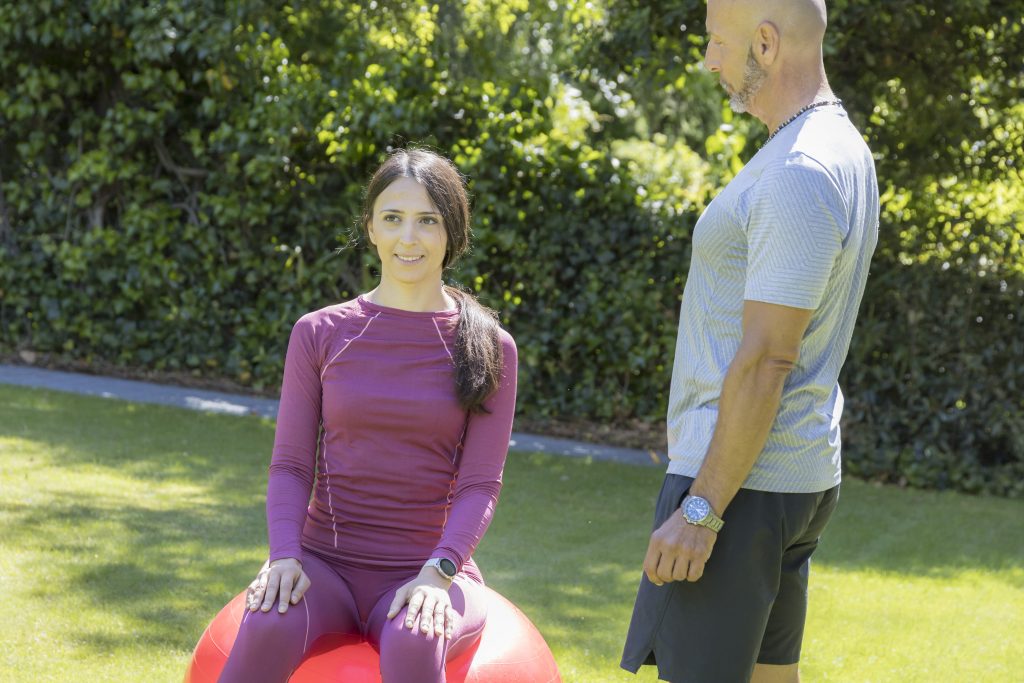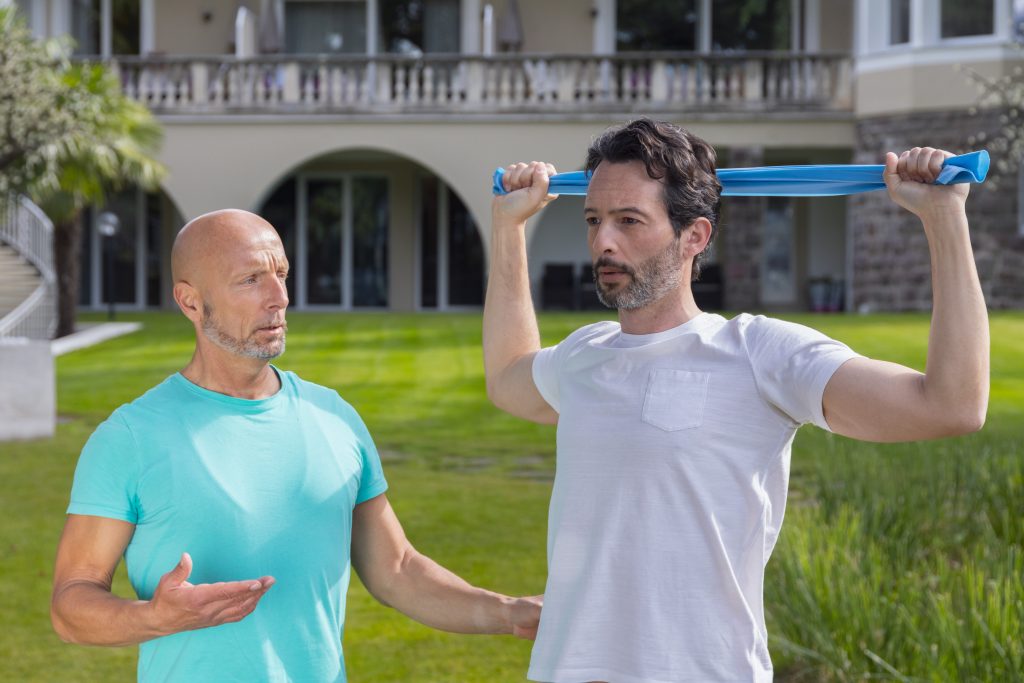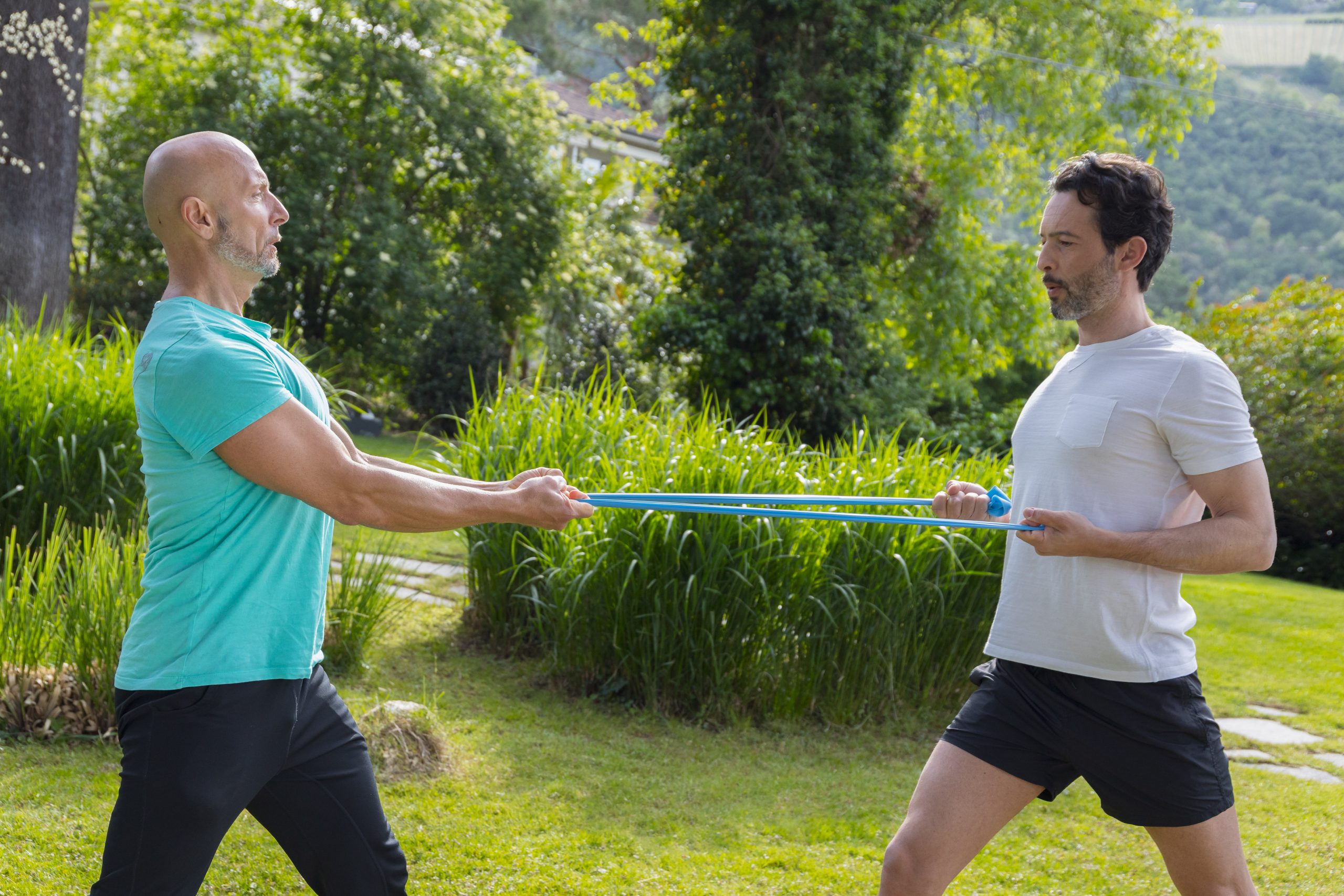Fighting diseases by strengthening the muscles
Living organisms, unlike machines, degrade with inactivity. The development of our society has contributed to the emergence of a new disease, the "hypokinetic syndrome", or the progressive deterioration of the organic systems of our body due to lack of physical activity with the pathologies that result from it (cardiovascular disease, obesity, osteoarthritis, dysmetabolic diseases, etc.). At the same time, another major event, the rise of the median age, has developed. This has led to the progressive aging of the population of the most industrialized countries.
Today’s society therefore needs "preventive medicine", which provides a solution to the problems and pathologies of the hypokinetic syndrome. Fitness should be interpreted as an instrument to safeguard and preserve health, as it works to bring all the systems and functions of our body into full efficiency.
An "efficient" individual, is one who has a good cardio-respiratory-circulatory apparatus combined with some muscular strength and tone. In addition, the subject should be flexible and elastic in movement, possess a correct body fat percentage, must be able to fight everyday stress with some ease and finally have a younger biological age than their actual one. One of the factors that can contribute to achieving this efficiency is hypertrophy: it is able to stimulate our basic metabolism, make it stronger, more resistant and offer a more attractive appearance.

Hypertrophy is understood to mean, in strictly physiological terms, an increase in the volume of muscle cells due to increased protein synthesis caused by biochemical, mechanical and hormonal modifications that are activated to increase protein turnover. In other words, this occurs when a muscle reaches a larger diameter or an increase in the cross-section. The increase in muscle mass is not induced in an instantaneous response to mechanical stimulation, but through the accumulation of continuous overloads that result in a complex of physiological, biochemical and hormonal variations.
The first step in a good workout is to use a load that activates many motor areas, with exercises lasting from 6 to 12 repetitions: this is an indispensable process to stimulate muscle growth. In addition, R.O.M. (Range of Movement), it is often overlooked. It is important to be able to perform a movement of a certain weight on a wide arc, as this movement involves a greater number of muscle fibres leading to a greater hypertrophic outcome. Recovery times should range from 60 to 120 seconds (depending on the muscle and individual recovery capability).
There should always be 2/3 training sessions per week, always leaving a one day-off interval between sessions; the duration should be between a minimum of 30 minutes and a maximum of 1 hour. The exercises on which more time should be spent, especially those who do not train with diligence, are those with extensive muscular involvement; that is, multi-section exercises (squats, pumps, arm bending, etc.). These have proved to be the most productive because they activate muscles in a comprehensive and non-localized way, thus promoting a better hormonal response.

Guided exercise machines, on the other hand, have the advantage of creating a constant tension along the arc, but the trajectory will never be the one we use for free movement, so you can have a quality workout with the machines using average loads. To set up an effective programme, it's important to devote a lot of work to multi-tasking exercises (75% of the total), then to include alternating arm or leg ones – with a great arc of movement – training that fixes postural problems and, finally, exercises working directly on weak muscles.

